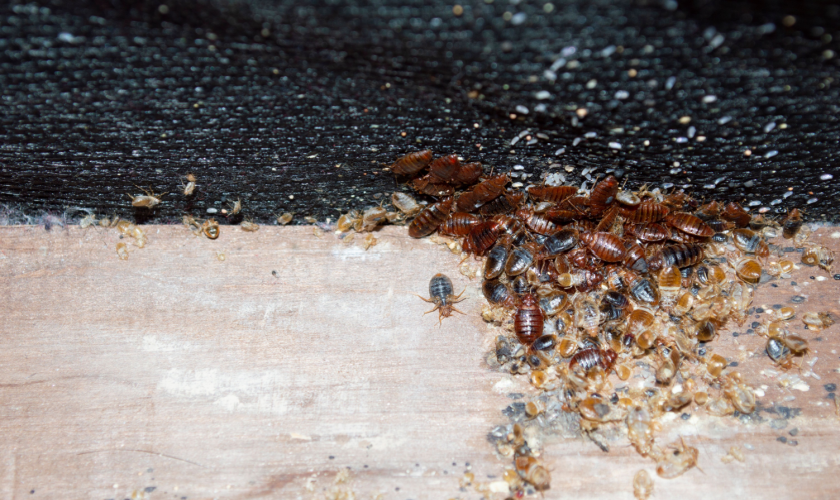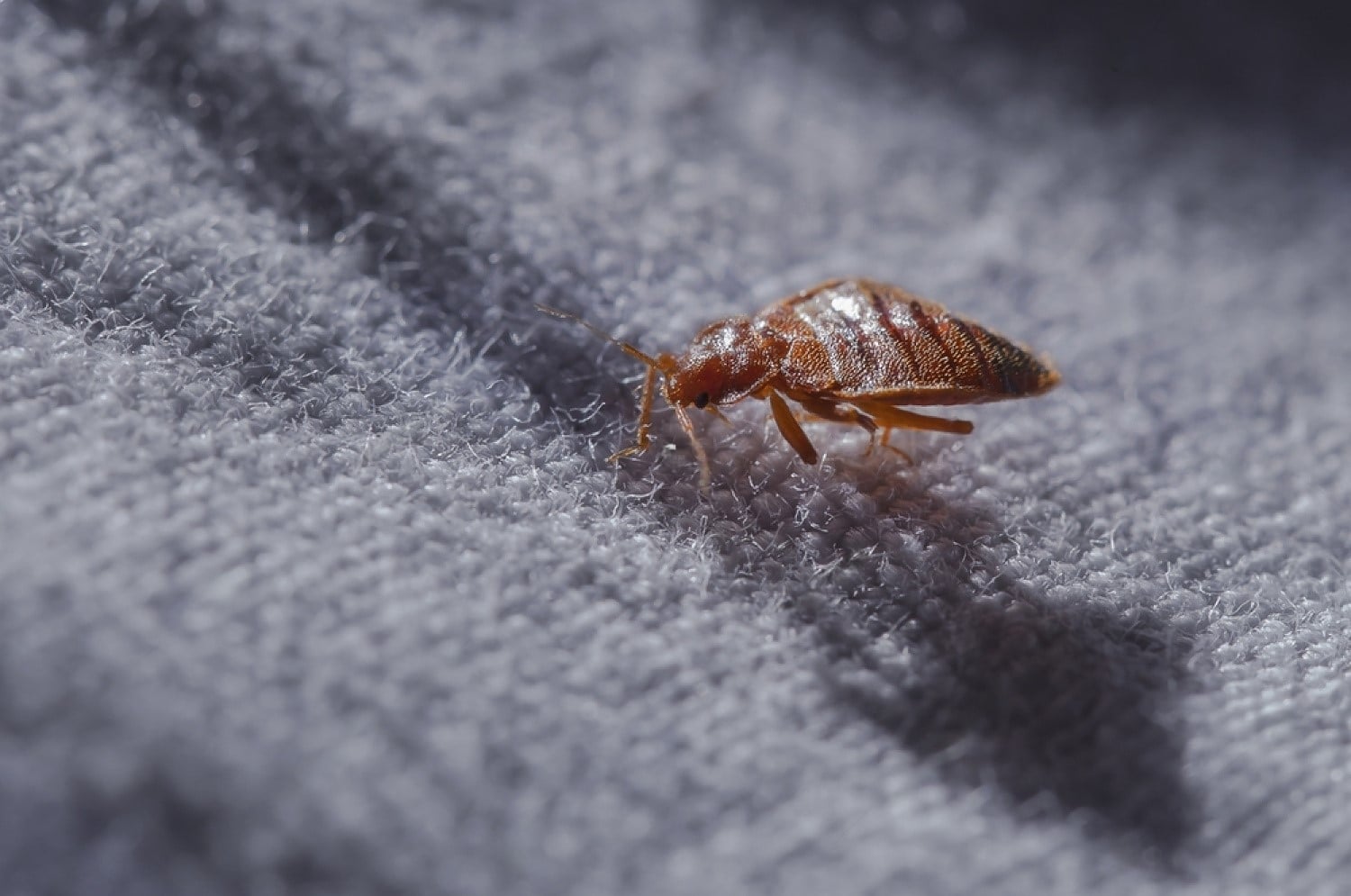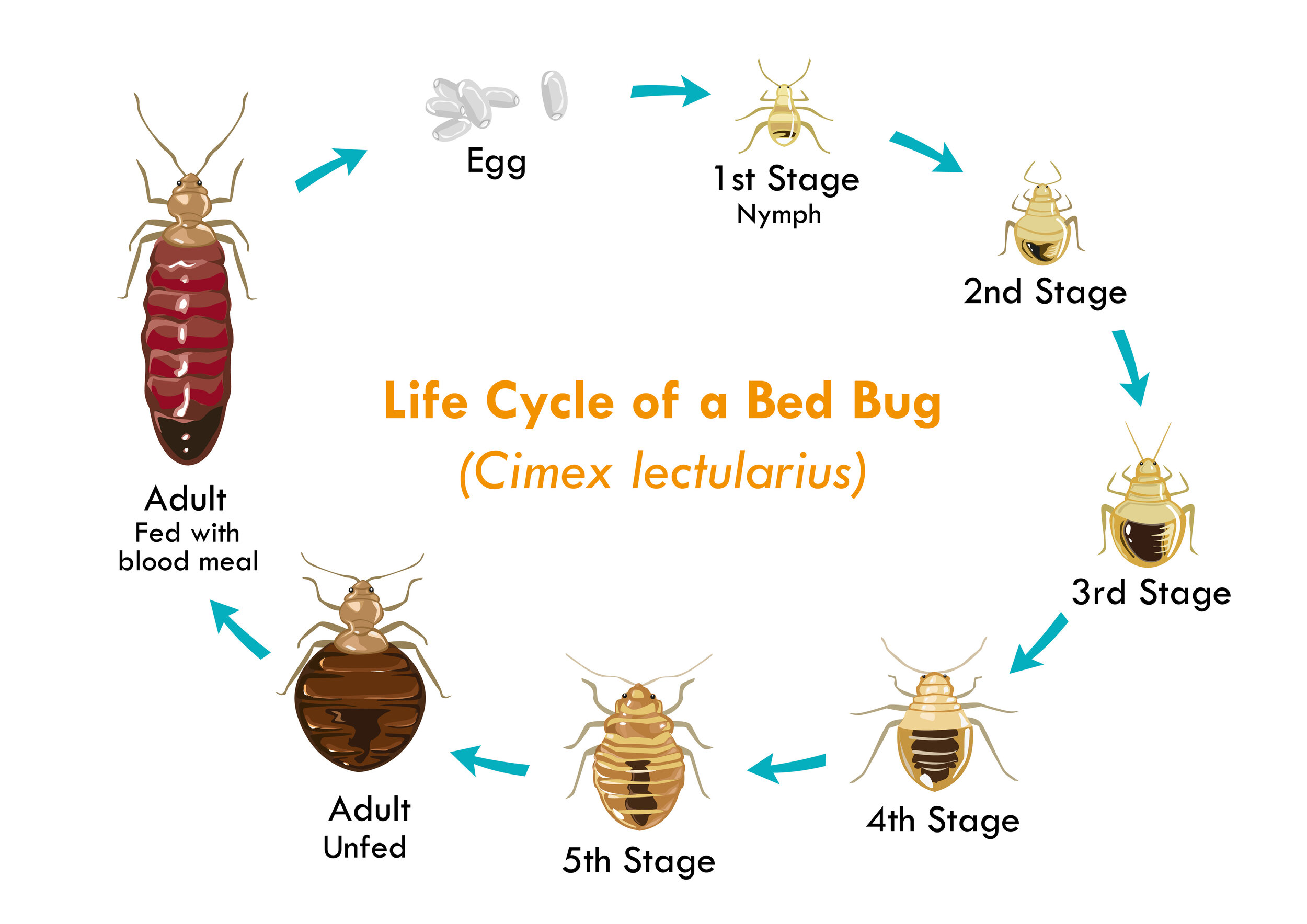Comprehending the Lifecycle of Bugs for Targeted Control Approaches
Understanding the lifecycle of insects is a fundamental element of effective parasite monitoring methods. With a much deeper understanding of just how parasites advance and thrive, customized control techniques can be developed to attend to specific factors in their lifecycle, ultimately leading to even more successful pest monitoring end results.
Relevance of Comprehending Pest Lifecycle
Recognizing the lifecycle of pests is necessary for developing reliable and targeted control techniques in pest management. By comprehending the different stages a bug undergoes from egg to grownup, insect control professionals can identify weak spots in the lifecycle where treatment can be most effective. Understanding when larvae are most active can help establish the optimum timing for using larvicides. Additionally, understanding the lifespan of a bug species can aid in predicting population growth patterns and potential invasion threats.
Additionally, recognizing the particular ecological conditions needed for each phase of the bug's lifecycle can direct choices on habitat modification or exemption methods to reduce and interfere with the lifecycle parasite populations. This knowledge enables pest management professionals to execute aggressive steps instead of relying exclusively on responsive treatments, leading to even more long-lasting and sustainable parasite control options. Eventually, a thorough understanding of insect lifecycles equips pest control practitioners to tailor their approaches successfully, optimizing and minimizing environmental impacts control end results.
Secret Stages in Parasite Growth
To efficiently apply targeted control strategies in parasite administration, an essential element depends on thoroughly recognizing and comprehending the vital phases in insect development. Pest development generally includes numerous essential phases that are important for their lifecycle and management. The initial stage is the egg phase, where pests lay eggs that later hatch out right into larvae. Larvae after that progress right into pupae, a stage where they undergo metamorphosis before becoming adult bugs. Comprehending these stages is crucial as it assists in pinpointing weak spots in the lifecycle where control actions can be most reliable.

Vulnerabilities in Parasite Lifecycle
Throughout the various phases of a pest's lifecycle, distinctive susceptabilities arise that can be tactically targeted for efficient control steps. One crucial susceptability hinges on the egg phase, where bugs are commonly extra susceptible to certain insecticides or biological control agents as a result of their soft external shell, making them much easier targets for treatment. Furthermore, the larval or nymph stage offers vulnerabilities as bugs undergo fast development and advancement, needing high energy consumption that can be made use of by disrupting their food resources or introducing growth inhibitors. Pupal stages, defined by immobility and improvement, provide a window for targeted control via physical barriers or particular therapies that impede successful development. Grown-up insects, while extra resistant due to their reproductive capacity, can still be susceptible throughout breeding or egg-laying tasks, which can be interrupted through scent traps or sterilization strategies. Comprehending these vulnerabilities in the parasite lifecycle is vital for creating reliable and accurate control strategies that properly manage parasite populations while minimizing environmental impact.
Implementing Targeted Control Steps

Applying targeted control actions commonly includes a multi-faceted technique. This may consist of habitat adjustment to make the setting less congenial to parasites, such as getting rid of standing water for insect control or securing entry points for rats. Furthermore, organic control techniques can be made use of, where natural killers or microorganisms are presented to maintain bug populaces in check.
Integrated Insect Monitoring (IPM) approaches that incorporate different control steps in a collaborated and sustainable fashion are commonly the most reliable in attaining long-lasting pest management objectives. By implementing targeted control measures based on a thorough understanding of pest lifecycles, insect populaces can be efficiently regulated while reducing risks to human health and wellness and the environment.
Enhanced Bug Administration Practices

Furthermore, the incorporation of organic control representatives, such as all-natural predators or virus of parasites, can help in reducing reliance on chemical pesticides and advertise an extra well balanced ecological community. Carrying out physical barriers and catches can also belong to improved bug administration practices, offering safe and targeted services for pest control. Furthermore, making use of pop over to these guys scents and other semiochemicals can interrupt pest mating patterns and interaction, causing lowered pest populations in time.
Verdict
By recognizing crucial stages in pest advancement and vulnerabilities in their lifecycle, targeted control procedures can be carried out to decrease parasite populaces. Improved bug management techniques can aid lower the dependence on broad-spectrum chemicals and advertise even more sustainable and eco friendly Extra resources pest control techniques.
Understanding the lifecycle of pests is vital for creating reliable and targeted control strategies in insect management. By comprehending the numerous stages a pest goes via from egg to adult, bug control experts can identify at risk points in the lifecycle where intervention can be most successful. Ultimately, an extensive understanding of pest lifecycles encourages parasite control professionals to tailor their techniques effectively, taking full advantage of and reducing environmental influences control results.
By implementing targeted control steps based on an extensive understanding of parasite lifecycles, pest populations can be efficiently regulated while lessening threats to human wellness and the setting.
By identifying key phases in bug growth and susceptabilities in their lifecycle, targeted control procedures can be applied to minimize insect populations.
Comments on “A1 Bed Bug Removal Houston: Trusted Extermination Solutions”